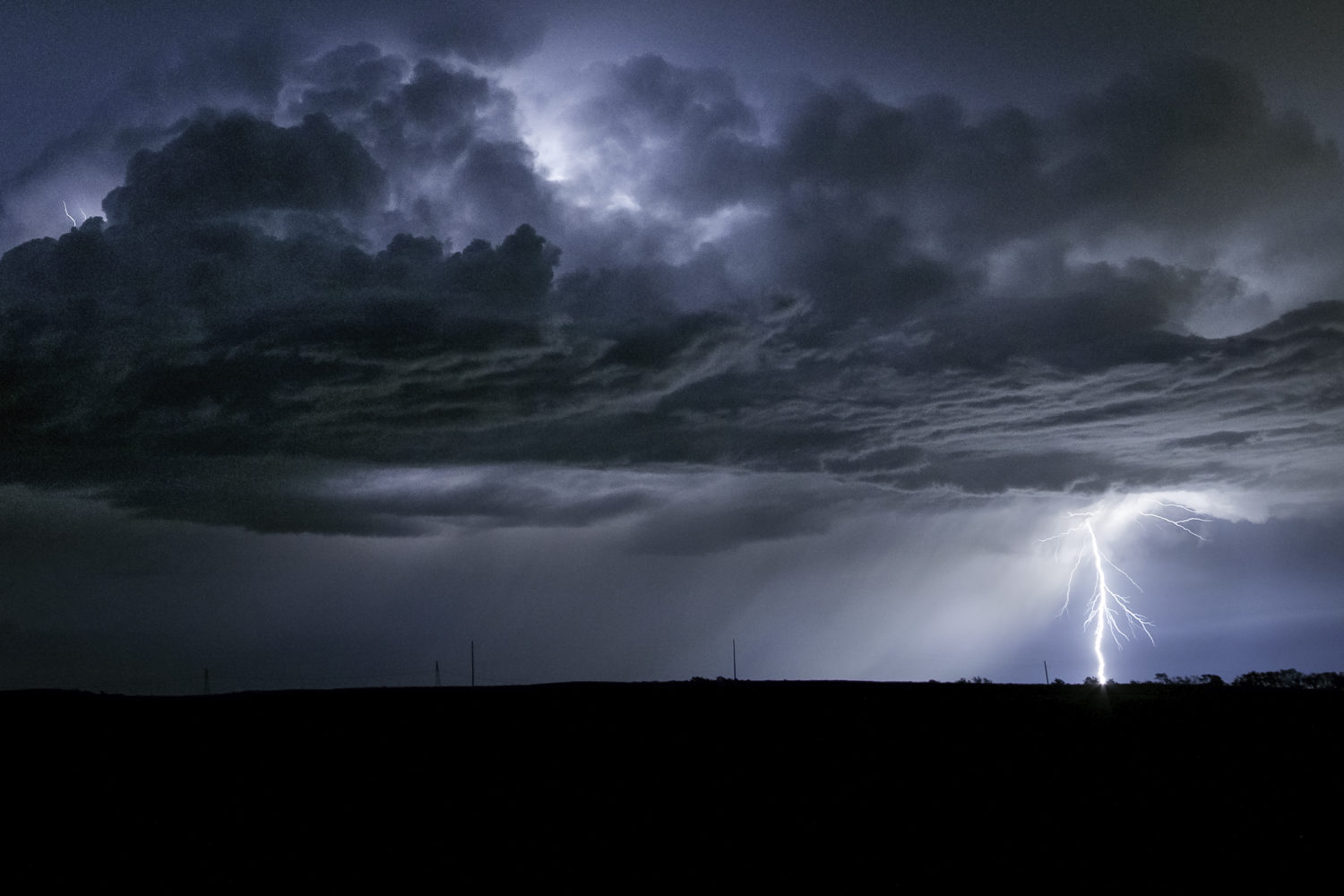In the Feb. 21World Tribune, we learned how the 67th high priest of Nichiren Shoshu, Nikken Abe, embodied the third powerful enemy whose function is to orchestrate an effort to dismantle the movement for kosen-rufu. In this article, we will learn about Nikken’s successor, 68th high priest Nichinyo Hayase, who has inherited this role of the third powerful enemy.
Nichinyo was appointed the 68th high priest of Nichiren Shoshu in December 2005, and is now 85 years old. He inherited Nikken’s authoritarian approach to leadership, upholding his feigned doctrines of the infallibility of the high priest, superiority of priests over laity and so forth. In addition, he is desperately trying to rebuild a floundering Nichiren Shoshu membership with a hard power approach to membership growth.
The Characteristics of Nichinyo
The primary traits of Nichinyo are: 1) violence, 2) entitlement and 3) luxury. Countless incidents have been documented detailing how Nichinyo physically abused junior priests. If a junior priest did not bend to Nichinyo’s will, or if he was simply in a bad mood, he would repeatedly slap, punch and kick them. Many of the individuals on the receiving end of Nichinyo’s wrath needed medical treatment as a result.
Nichinyo is the descendant of former high priest Nichio (56th), which he believes makes him special. For instance, Nichinyo does not trust other priests whose fathers were not priests. He has stated that those who come from priest families are pureblooded, while those from lay families are tainted. This points to Nichinyo’s attachment to an arbitrary hierarchy, with high priests at the top, and lay people and their families at the bottom.
Nichinyo, like Nikken, has lived luxuriously during his time as a senior ranking priest. For example, when he was chief priest for a certain temple, he extravagantly renovated the building, especially the living quarters. The rooms for his family were rebuilt with top-quality imported materials, and the kitchen was custom built to the height of Nichinyo’s wife, costing some $65,000 alone.
Extreme Pressure to Increase Membership Leads to Bizarre Proselytizing
In 2009, Nichinyo announced a directive to the priests and lay members of Nichiren Shoshu to increase their membership. Eleven years later, however, Nichiren Shoshu has seen a sharp decrease in active members, with an approximately 28 percent decrease in New Year’s Gongyo attendance and 26 percent decrease in monthly visits to the head temple since 2009.
In order to achieve their membership goal, each branch temple is allotted a quota, which many have not met. The priests of branch temples who don’t meet their quotas are harshly reprimanded and in some cases are punished by getting a demotion or are transferred to temples in less desirable areas. Instead of this goal inspiring hope in the priests and members, it has only resulted in heavy pressure and frustration throughout the temple organization.
In order to meet their quotas, priests of branch temples have instituted bizarre methods to gain new members. For example, according to published sources, one temple in Osaka, Japan, offers 500 yen (approximately $5) to prospective members, paying them to join their temple. In fact, former priest of the Los Angeles and New York temples, Jisei Nagasaka, started this practice. In addition, Nagasaka also implemented the so-called “Date Shakubuku,” in which two young women temple members are sent out at night to pick up men under the guise of romantic interest and bring them to the temple.
Another tactic used by Nichiren Shoshu to increase their membership is to invite foreigners visiting Japan into their temples to give them a “cultural experience.” Before they know it, these unassuming visitors are then counted as new temple converts.
Nichinyo’s Desperation Has Created Frenzy
Nichinyo is continually calling on priests and temple members to increase the membership by any means. For example, the day after Nikken’s death, in September 2019, Nichinyo called an emergency meeting with temple leaders and berated them for not being on track to achieve their quotas. This tenor of the temple initiated by Nichinyo has also prompted temple members to reach out to SGI members in an attempt to get them to join the temple. In fact, there have been cases in which SGI members will receive invitations to temple meetings from people they have no connection to.
Nichinyo is urging the lay members, whom he views as tainted individuals, to increase the membership by any means possible, without lifting a finger to personally introduce others to Buddhism. Nichiren Daishonin perfectly describes Nichinyo, Nikken and the priests of Nichiren Shoshu when he writes:
Though a person may have been fortunate enough to be born as a human being and may have even entered the priesthood, if he fails to study the Buddha’s teaching and … simply spends his time in idleness and chatter, then he is no better than an animal dressed in priestly robes. He may call himself a priest and earn his livelihood as such, but in no way does he deserve to be regarded as a true priest. He is nothing but a thief who has stolen the title of priest. (“The Fourteen Slanders,” The Writings of Nichiren Daishonin, vol. 1, p. 760)
Nichinyo has inherited the function of the devil king of the sixth heaven from his predecessor, Nikken. It is clear that Nichinyo has no interest in uplifting the state of humanity. He is simply ordering his subordinates to increase their membership and make a show of a growing religious establishment and securing his financial base.
This article was adapted from material in the Soka Gakkai book Kyosen handobukku 2018 and articles from the April 3, Oct. 5, 19, 2019, issues of Soka Shimpo, the Soka Gakkai’s biweekly youth division newspaper, published in Japanese.
You are reading {{ meterCount }} of {{ meterMax }} free premium articles

